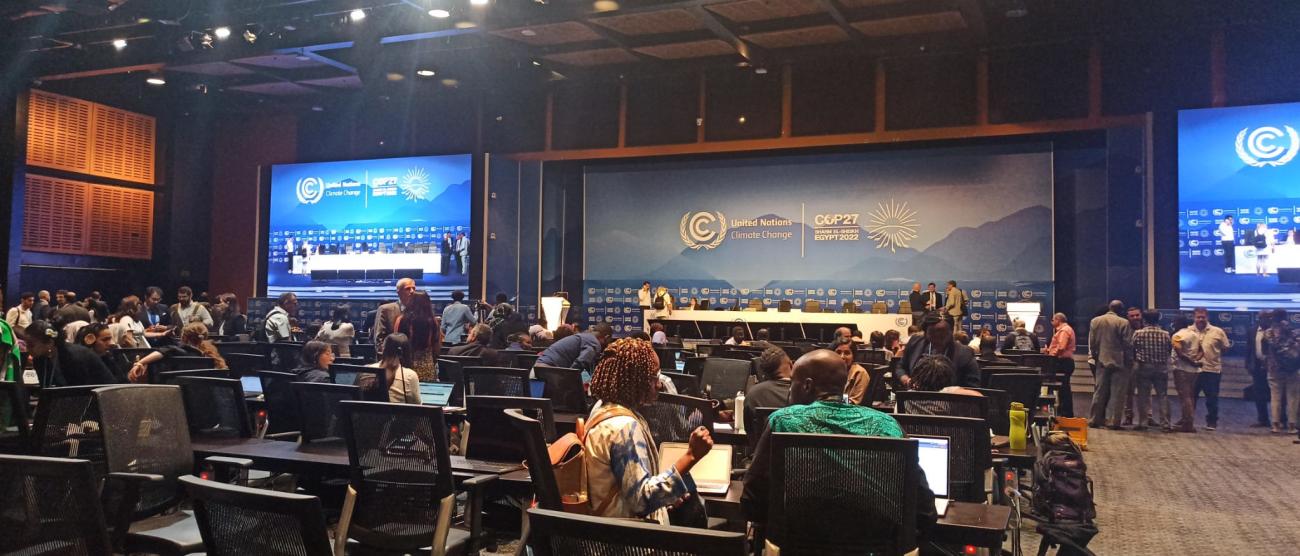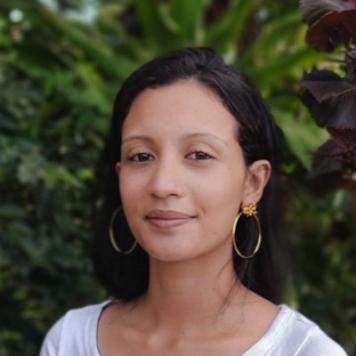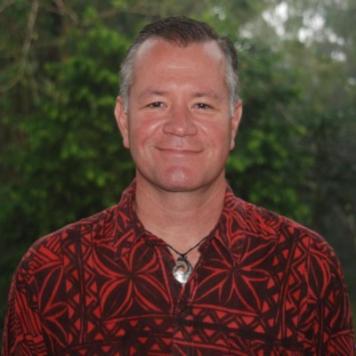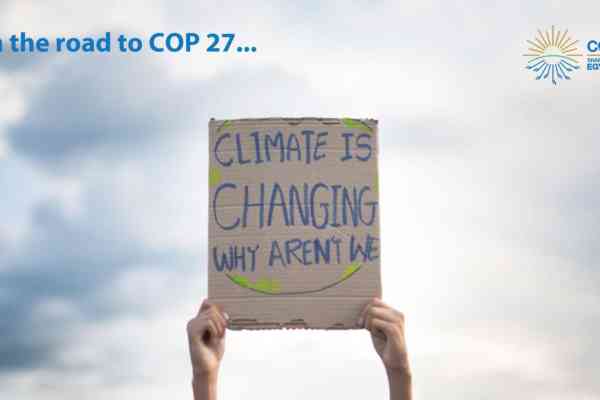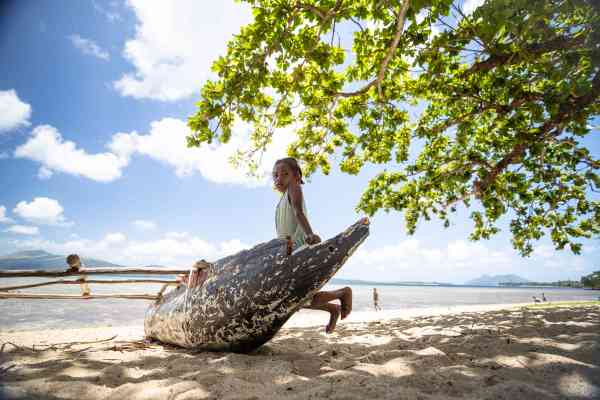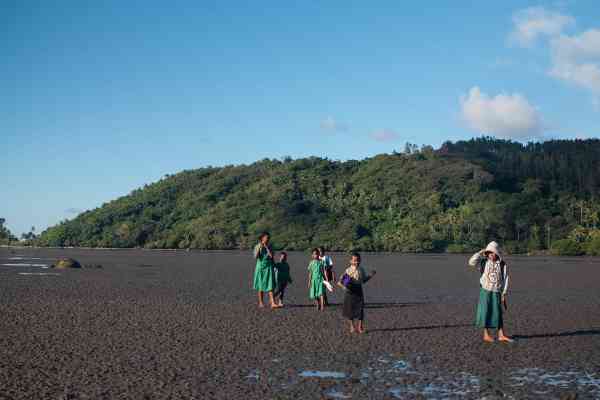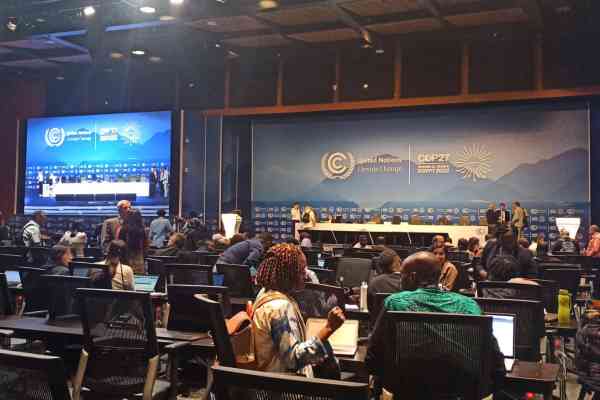The Paris Agreement is now seven years old. For Pacific Island Countries and Territories, this agreement embodied a real hope to reduce the effects of climate change on coastal communities and livelihoods, as well as protecting natural resources and cultural assets. How much has happened since then for PITCs?
This agreement set a global framework to avoid dangerous climate change by limiting global warming to well below 2°C and pursuing efforts to limit it to 1.5°C by the end of the century. The last target has since been reaffirmed as the best option for avoiding dangerous interference in the climate system, and for minimizing the adverse effects on the Pacific.
For Pacific Island Countries (PICs), who have been at the forefront of climate change action for decades, a key point of this agreement was the earmarking of funds for climate change adaptation and mitigation efforts in developing countries. As stated by Bob Loughman Weibur in the IFRI-SPC webinar, Prime Minister of Vanuatu: “Climate change is not a future problem. It is right now the single greatest threat to the security and livelihoods of the Pacific people. (...) Our economies routinely suffer damages of more than 50% of our GDP from climate extremes, taking us back decades in our aims for sustainable development”.
The Paris Agreement and Climate Financing
PIC negotiators had urged developed countries to follow through on a pledge by developed countries to mobilize climate change financing ($100 billion by 2020) for developing countries, in line with the commitment taken in Cancún in 2012.
In 2022, this commitment was not achieved, and COP 27 aims to “enhance significant progress on the crucial issue of climate finance”. There have also been pledges to double the financing that goes towards adaptation and to set a new collective goal of funding.
“In general, it must be said that the Pacific is severely capacity constrained and has numerous challenges in accessing climate change finance. We now do have in place some regional accredited entities – for instance the Pacific Community and the Secretariat of the Pacific Regional Environment Programme, but their ability to support accessing and implementing projects is still limited.” Explains Espen Ronneberg, Senior Advisor, Climate Change Multilateral Agreements at the Pacific Community.
Adaptation and mitigation - the Pacific leads the way
Despite this lack of financing available and difficulty in accessing it, PICs paved the way, leading by example over the past seven years. On the adaptation side, after completing detailed vulnerability assessments, the Pacific embarked on ambitious adaptation projects, focusing on food security, water management and coastal zone protection.
On the mitigation side, political leaders have recognized the value of being at the forefront of the renewable energy and energy efficiency movement. They made ambitious commitments to respond to climate change in their Nationally Determined Contributions (NDCs) through the Pacific regional NDC Hub. For example, Samoa has committed to generating 100% of its electricity from renewable energy sources by 2025. Nauru's aspirational goal is to achieve 100 per cent renewable energy in the national grid system by 2050.
As PICs realize that the international community is not taking sufficiently ambitious mitigation actions, the region's risks from loss and damage are high. Some work has already been done as assessing national capacities and mapping out the most vulnerable areas and infrastructure, but much more needs to be done. This will take financing, capacity building and access to technologies.
Only increased capacities and changing realities of climate adaptation actions and implementation can help get Parties onto pathways compatible with the goals outlined in the Paris Agreement. This is why the international community must now stand together and support developing countries in boosting their institutional capacity and their access to financing.
***
Do you want to know more about this topic? Watch the webinar “Climate change: the Pacific Islands Countries, seven years after the Paris agreement” HERE.
